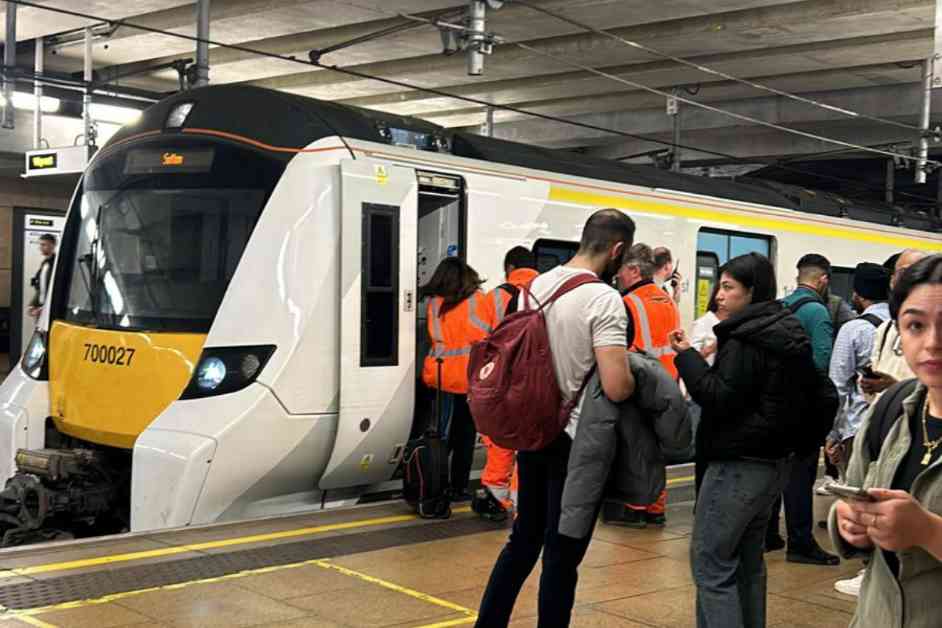Train Incident at London Station Causes Four-Hour Delays
On a busy Monday morning, commuters at London’s Paddington Station were met with chaos and frustration as a train incident caused significant delays. Passengers were left stranded for hours as services were disrupted, leading to a ripple effect on the entire rail network.
The incident, which occurred during rush hour, was attributed to a technical fault on one of the trains departing from the station. This resulted in a partial closure of the platform, causing a backlog of trains waiting to depart and arrive. As a result, many passengers were left stranded on crowded platforms, unsure of when they would be able to reach their destinations.
Live Updates and Information
As the situation unfolded, live updates were provided to passengers via the station’s announcement system and online channels. Transport officials worked tirelessly to keep commuters informed about the progress of the repairs and estimated wait times. However, the lack of concrete information only added to the frustration felt by passengers who were already facing significant delays in their journeys.
Passengers took to social media to express their discontent with the situation, sharing photos and videos of the crowded platforms and long queues. Many criticized the lack of communication from transport authorities and the slow response in resolving the issue. Some even called for compensation for the inconvenience caused by the delays.
Impact on Commuters and Businesses
The four-hour delays had a significant impact on commuters, many of whom were late for work or important appointments. Businesses also felt the effects of the disruption, with productivity taking a hit as employees struggled to make it to the office on time. Some companies reported losses due to missed meetings and delayed deliveries, highlighting the ripple effect of such incidents on the economy.
For many passengers, the incident served as a stark reminder of the fragility of the transportation system and the need for better contingency plans in place. Some called for increased investment in infrastructure and technology to prevent such incidents from occurring in the future. Others urged for better communication and transparency from transport authorities to help passengers navigate through disruptions more effectively.
As the day progressed, services slowly resumed to normal, with trains running on a reduced schedule to accommodate the backlog of passengers. Transport officials assured commuters that measures were being taken to prevent similar incidents in the future and improve the overall reliability of the rail network.
In the aftermath of the incident, questions were raised about the state of the country’s transportation infrastructure and the need for long-term solutions to address issues of capacity and reliability. While incidents like the one at Paddington Station are rare, they serve as a wake-up call for authorities to prioritize investment in the transportation sector to ensure the smooth functioning of the network.
As commuters slowly made their way to their destinations, the memory of the four-hour delays lingered in their minds, serving as a reminder of the unpredictable nature of public transportation and the need for resilience in the face of adversity. While the incident may have caused chaos and frustration, it also highlighted the resilience and solidarity of passengers who came together in the face of adversity.





















